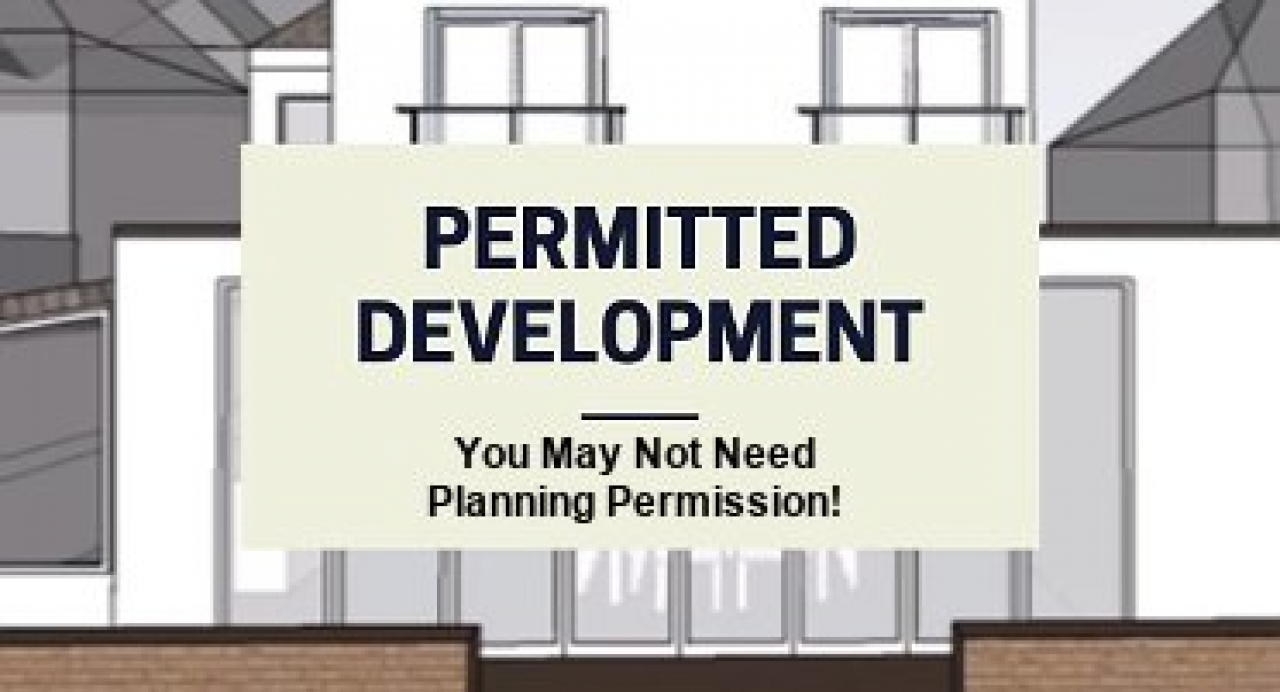Class MA-The New Rules That Will Redevelop Buildings and Businesses in 2022
Imagine if you could just turn a shop into a house. That would be crazy, wouldn’t it? Not having to wait for 8-12 weeks for it to go through planning. Not having your plans rejected because the shop hasn’t been a shop for at least two years. These are just a few of the headaches that are stereotyped with commercial conversions. They’re the reasons why converting commercial units hasn’t been popular for the past few years. However, all of this is going to change in 2022.
Property developers rejoice, we have good news for you. Current planning restrictions are due to change in 2021 to make room for a more lenient planning process going forwards. The first piece of good news that we’ll share is the end of Class O. Class O is the planning regulations around converting offices into residential units. These regulations came to an end in July 2021.
New changes mean that you can convert almost any commercial building into C3 residential under Class MA. This new Class allows you to convert commercial buildings without taking the impact to the high street into consideration (in most cases).
However, before you start knocking down walls, there are still some limitations to class MA. These are:
• The existing use must fall under Class 3. This means no HMOs.
• The total floor space must be less than 1,500sqm
• The building must have been vacant for 3 months before the application has been placed
• The property must have been in use under a list of classes for at least two years
• Class MA is still limited to restrictions such as SSSI, listed buildings, heritage site etc
• The building must have a minimum dwelling size of 37sqm
Thankfully, if the building meets the criteria, it no longer needs planning. Rather than going through the dreading planning process, you just apply for Prior Approval. This new process requires fewer checks than planning and should be turned around a lot quicker. The biggest similarity between Prior Approval and planning is that both need to be gained before work can commence.
The estimated time that it should take for a project to get through Prior Approval is eight weeks. If you have not had an answer in this timeframe, then you might be granted “deemed consent”. Deemed consent means that you are granted approval on the grounds that the council’s period to accept or deny your application has expired.
This puts more pressure on the council to give you an answer. It saves you waiting around for weeks and dreading the response that you’re going to get. However, the eight-week period can vary depending on the size of the development and can be extended if all parties agree.
Will this change your property business in 2022?
Maybe commercial conversions are more appealing to you now than they once were. The change in restrictions certainly makes the whole process less overwhelming. There are going to be some big opportunities arising in property in 2022 and changes in planning are just the tip of the iceberg.
If you’re looking to start a new development in London, then why not get in touch? Just contact us by clicking here and we’ll be happy to help with any questions that you might have.

 By
By 


 By
By
Share this with
Email
Facebook
Messenger
Twitter
Pinterest
LinkedIn
Copy this link